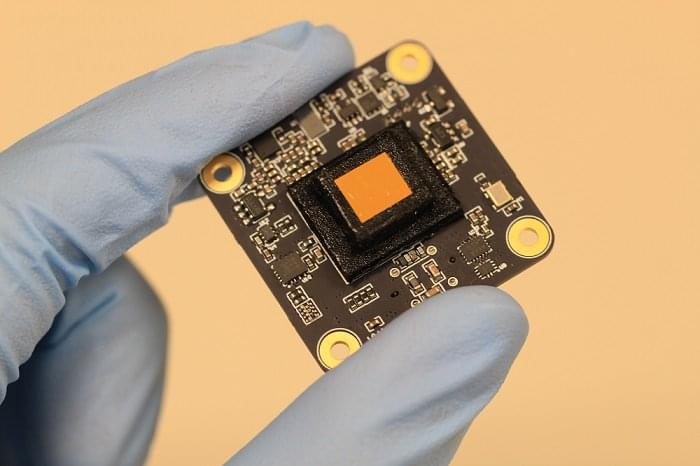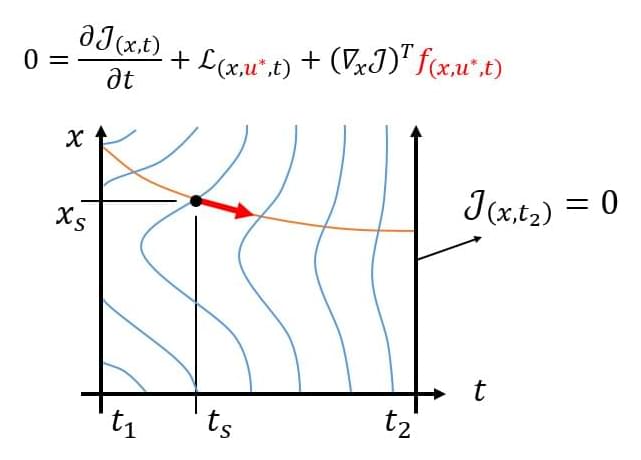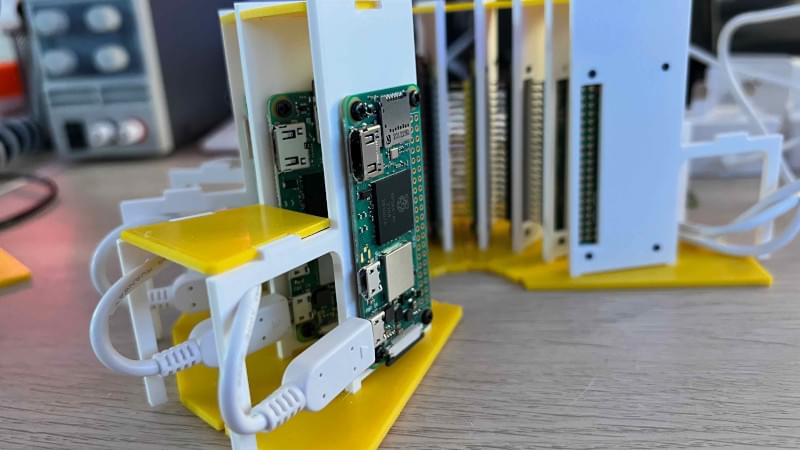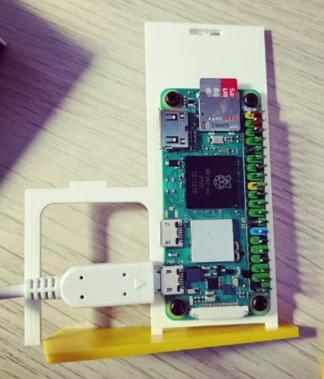
Rice University researchers have tested a tiny lensless microscope called Bio-FlatScope, capable of producing high levels of detail in living samples. The team imaged plants, hydra, and, to a limited extent, a human.
A previous iteration of the technology, FlatCam, was a lensless device that channeled light through a mask and directly onto a camera sensor, aimed primarily outward at the world at large. The raw images looked like static, but a custom algorithm translated the raw data into focused images.
The device described in current research looks inward to image micron-scale targets such as cells and blood vessels inside the body, and even through skin. The technology combines a sophisticated phase mask to generate patterns of light that fall directly onto the chip, the researchers said. The mask in the original FlatCam looked like a barcode and limited the amount of light that passes through to the sensor.


















